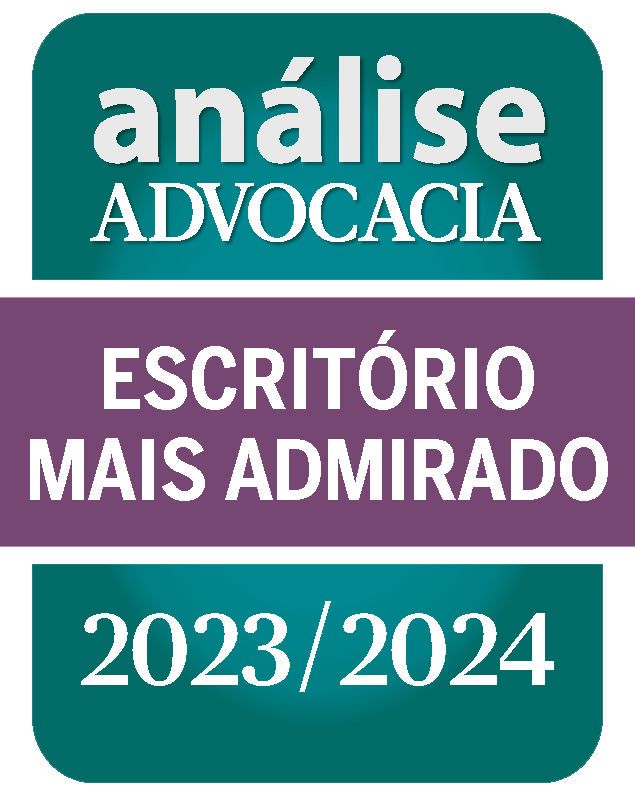30/10/2020
Six years after the start of the normative drafting process and more than 82 thousand contributions to Public Consultations 707 and 708, on October 9th, the Collegiate Board Resolution (RDC) No. 429/2020 was published, which provides for nutrition labeling of packaged foods, and Normative Instruction (IN) No. 75/2020, which establishes the technical requirements for declaring nutrition labeling on packaged foods.
The purpose of the new standards is to determine that food packaging has more complete information, with alerts on products that contain a high content of saturated fat, sugar and sodium, facilitating the understanding of the present nutritional data. In this way, it will be possible to help consumers to make more conscious food choices.
The main changes are related to legibility, content and form of declaration of information in the nutritional table, as well as the conditions of use, when adopting frontal nutrition labeling.
Front nutrition labeling
Considered the biggest innovation of the standard, it aims to clarify the content of the nutritional content to the consumer. In this sense, a magnifying glass design was developed to identify the high content of the three most critical nutrients for health: (i) added sugars, (ii) saturated fats, and (iii) sodium. The symbol must follow models defined according to the guidelines of IN nº 75/2020.
The three nutrients were selected to focus consumers’ attention due to their excessive consumption. Thus, the maximum quantities for each of them were also defined, and if they are equal or exceed the limit, it will be necessary to include the magnifying glass on the front label of the packages:
- Added sugars: amount greater than or equal to 15 g per 100 g of food, or 7.5 g per 100 ml.
- Saturated fats: amount greater than or equal to 6 g per 100 g of food, or 3 g per 100 ml.
- Sodium: amount greater than or equal to 600 g per 100 g of food, or 300 mg per 100 ml.
Nutritional information table
The nutritional information table will also undergo significant adaptations. The first of them concerns the insertion only of black letters and white background. In addition, specific rules on the location of the table have been established, prohibiting its placement in areas that are difficult to view or deformed. Covered areas can now only be used on small products, as long as the information is accessible.
Another change is related to the mandatory identification of total and added sugars, the declaration of the energy and nutritional value per 100 g or 100 ml, to assist in the comparison of products, and the number of portions per package.
It is worth noting that the obligation to declare the nutritional information table is voluntary in the case of alcoholic beverages, which may present the complete table or declare only the energy value.
The same happens with bottled waters, which include mineral water or added salts, as these products have specific rules.
Suitability period
The standard will take effect on October 9, 2022.
On the date, products that are already on the market will still have an adaptation period of 12 months.
Food manufactured by small companies, such as family farmers and micro-entrepreneurs, will have a longer period of adaptation, equivalent to 24 months after the entry into force of the rules, that is, a total of 48 months.
The suitability of non-alcoholic beverages in returnable packaging may not exceed 36 months after the standards come into force.
The new standard is rich in details, in addition to changing and revoking numerous standards, according to the transitional provisions of RDC No. 429/2020.
Coauthors: Raissa Pinati do Nascimento and Sueli de Freitas Verissimo Vieira


